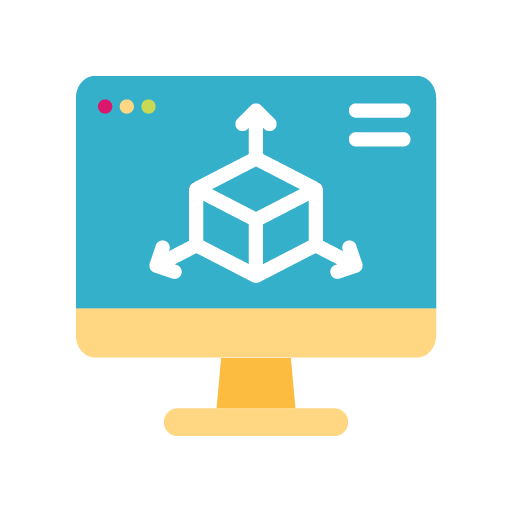Call us now:

3D modeling is an exciting and versatile skill that allows artists to bring ideas to life in a digital space. From creating characters for games to designing products or digital sculptures, 3D modeling opens countless opportunities for creativity and career growth. For beginners, starting can feel overwhelming due to the variety of software, tools, and techniques available. This guide will help you take your first steps confidently and build a strong foundation in 3D art.
Understanding 3D Modeling
3D modeling is the process of creating three-dimensional objects using specialized software. Unlike traditional 2D drawing, 3D models have depth, volume, and can be viewed from multiple angles. Models can be used in animations, video games, films, product design, virtual reality, and more. Learning the basics of 3D modeling is about understanding shapes, proportions, textures, and how light interacts with objects.
Choosing the Right Software
One of the first decisions for beginners is selecting software. Popular programs include Blender, Autodesk Maya, ZBrush, and 3ds Max. Blender is a great starting point because it is free, beginner-friendly, and has a large online community with tutorials and resources. ZBrush specializes in digital sculpting, allowing for highly detailed organic shapes. Start with one program, master the basics, and gradually explore others as your skills grow.
Learning Basic Techniques
To begin modeling, focus on core techniques:
- Creating Objects — Learn to form basic shapes such as cubes, spheres, and cylinders.
- Transforming and Editing — Move, scale, rotate, and manipulate objects to shape your design.
- Extruding and Subdividing — Build complexity by extending surfaces and refining geometry.
- Texturing — Apply colors, patterns, and materials to make models more realistic.
- Lighting and Rendering — Understand how light affects your model to create compelling visuals.
Practicing these techniques through small projects helps reinforce learning and builds confidence.
Starting Small Projects
Beginners should start with simple projects to apply what they learn. Examples include creating a basic chair, a simple character, or a small environment like a room or garden. These projects teach the importance of proportion, balance, and details without overwhelming you with complexity. Each completed project is a milestone that adds to your portfolio and shows measurable progress.
Building a Learning Routine
Consistency is key when learning 3D modeling. Set aside dedicated time for practice, even if it’s just 30 to 60 minutes a day. Watch tutorials, follow step-by-step exercises, and experiment on your own. Document your progress and revisit earlier projects to see how your skills improve over time. Regular practice helps reinforce muscle memory and builds confidence with the software.
Joining the 3D Art Community
Learning 3D modeling can be challenging, but you don’t have to do it alone. Joining online communities like Blender Artists, ArtStation, or Reddit’s 3D modeling forums allows you to share work, ask questions, and receive constructive feedback. Collaborating with others and seeing how different artists solve problems provides valuable insights and inspiration.
Preparing for Your First Portfolio
Even at the beginner level, it’s important to start thinking about your portfolio. Document your projects with clear renders, wireframes, and progress shots. Explain your workflow and the challenges you overcame in each project. A well-presented portfolio shows potential employers or clients not only your final results but also your problem-solving skills and learning journey.
